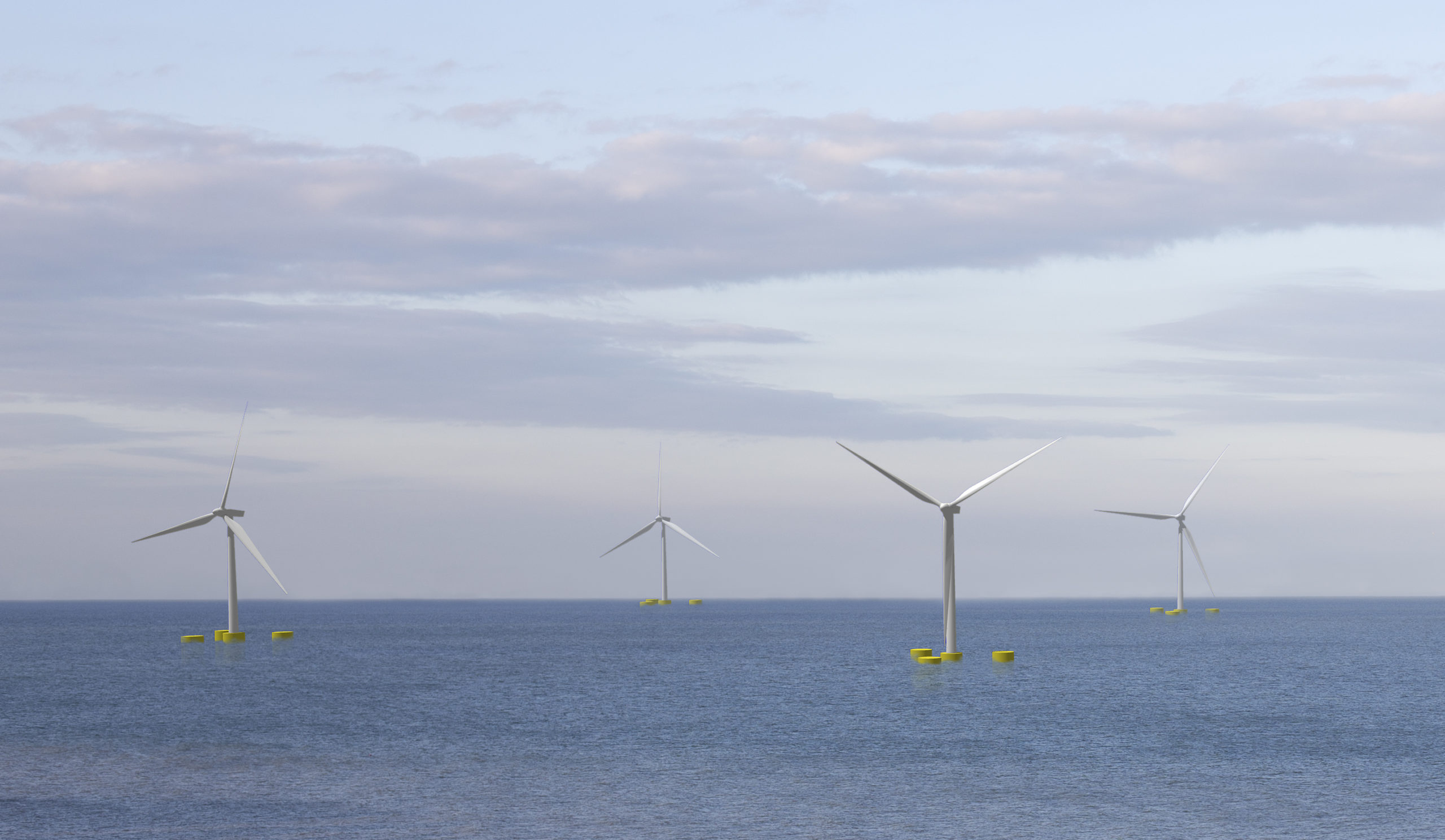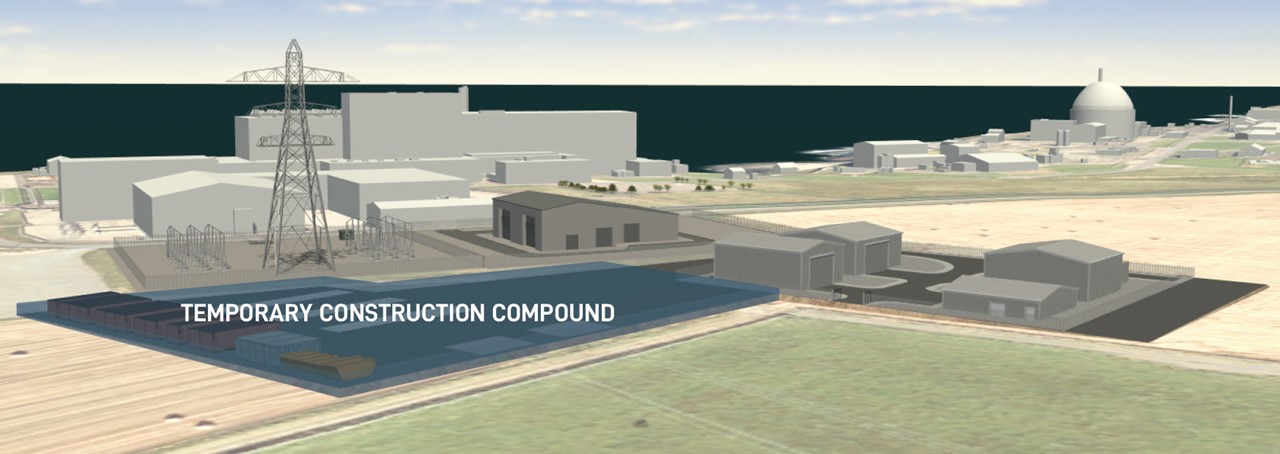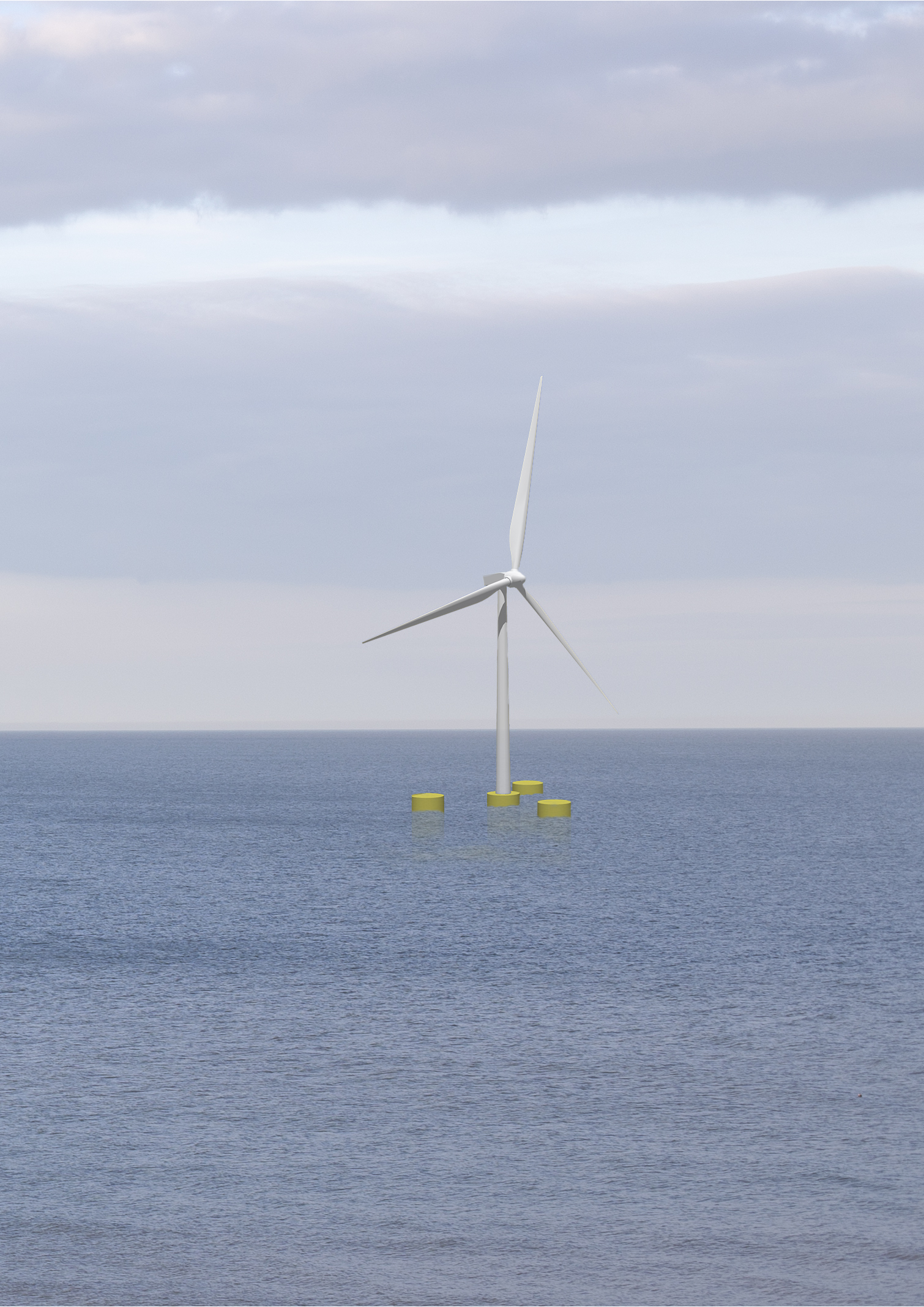The Pentland Floating Offshore Wind Farm will be located off the coast of Dounreay, Caithness.
The total project will be capable of providing clean energy to approximately 70,000 homes.

The Pentland Floating Offshore Wind Farm will be located off the coast of Dounreay, Caithness.
The total project will be capable of providing clean energy to approximately 70,000 homes.
 Development
Development Innovation
Innovation Learning
Learning Community
Community
The Pentland Floating Offshore Wind Farm will be located off the coast of Dounreay, Caithness.
Key elements:

A landfall site has been identified at Dounreay, immediately adjacent to the Vulcan Naval Reactor Test Establishment (NRTE) and the former Dounreay Nuclear Facility.
Key elements:

Floating Offshore Wind – key to achieving net zero and potential for Scottish Supply Chain
Currently most offshore wind farms in Scotland are fixed directly to the seabed, there are only two floating wind farms in operation.
Unlike traditional fixed bottom wind farms, floating wind farms use wind turbine generators mounted on a floating substructure which is connected to the seabed using mooring lines and anchors.
Much of the seabed around Scotland is too deep to be well suited to fixed bottom turbines.
Floating offshore wind provides a technological solution which enables the production of large amounts of renewable energy which will underpin Scotland and the UK’s energy transition and is key to achieving net zero as well as energy security.
Opportunities to create a new supply chain and job opportunities
Scotland is a world leader in floating technology
Access stronger and more consistent wind resources in deep-water sites
Opportunities for the local supply chain from the significant global pipeline for floating offshore wind
Same or higher energy yields than fixed bottom wind turbines
Potential for faster deployment than fixed bottom turbines

Overview
The Pentland project has had its offshore consents approved by Scottish Ministers. On-going survey work and advancements in project design has allowed project proposals to be refined and means the final project design will have fewer turbines than originally planned, deployed within a smaller area, while maintaining capacity.
Click on or hover over the parts of the diagram for more information.
Installation
One of the advantages with floating offshore wind is the capacity for the complete wind turbine and substructure assembly to be towed to site where it is hooked up to the pre-installed mooring system which allows it to be installed much quicker than fixed bottom turbines that require calmer seas and wind conditions during installation.
Subsea Cables
A key design difference between a fixed bottom and floating turbine is the dynamic nature of the cables. The cable system must accommodate the movement of the floating substructure. This is typically achieved by adding a buoyancy element into the design.
Anchors
The key difference between floating and fixed bottom offshore wind is the use of floating substructures which are connected to the seabed using mooring lines and anchors or piles.
Floating Substructures
Currently there are over 40 floating wind turbine generators (WTGs) structure concepts at varying stages of development in the industry. Each has varying dimensions to meet the unique engineering challenges associated with floating turbines, turbine sizes and project specific requirements.
Mooring and Anchors
The mooring and anchoring systems are responsible for maintaining the position of the floating wind turbine generators (WTGs) during the most extreme events or energetic storms. There are a number of different anchoring solutions available which can be deployed depending on the site conditions.
©2025 Highland Wind Limited
4th Floor 115 George Street, Edinburgh, Midlothian, Scotland, EH2 4JN
Company number SC675148